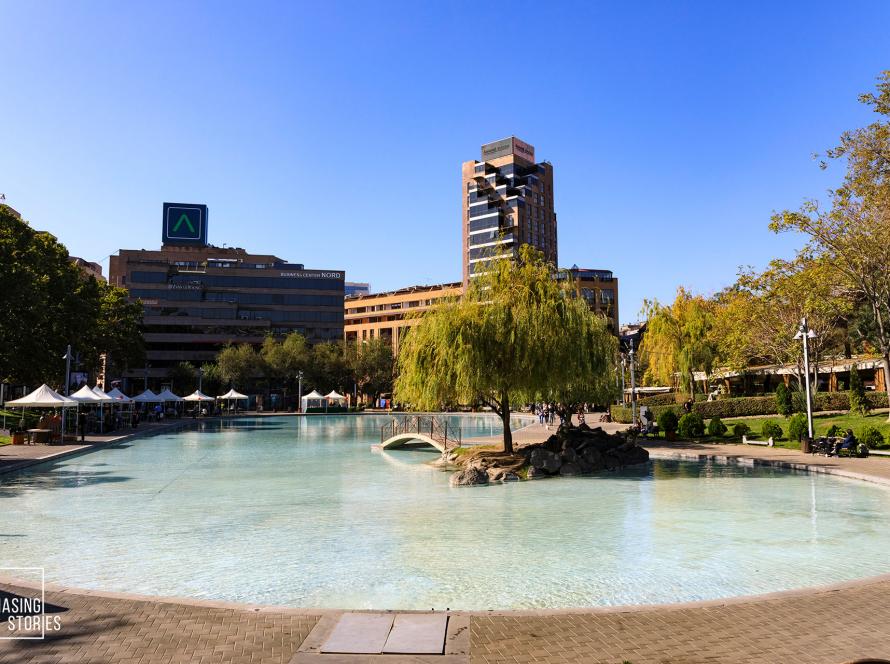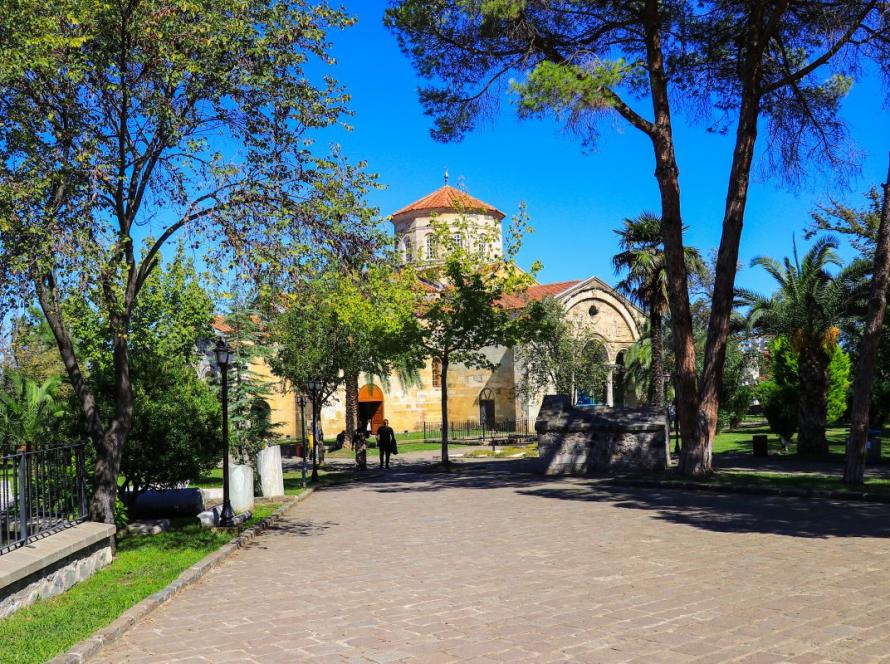Nestled high in the lush mountains of northeastern Turkey, the Sumela Monastery stands as a marvel of ancient architecture and spiritual significance. Located in the Altındere National Park in Trabzon Province, this historic site has been a place of pilgrimage and awe for centuries. In this blog post, we’ll take a journey through the history, architecture, and cultural importance of the Sumela Monastery, offering insights into why it remains a must-visit destination for travelers from around the world.
Historical Overview
1. Ancient Origins:
The origins of the Sumela Monastery date back to the 4th century AD during the reign of the Roman Emperor Theodosius I. According to legend, two Athenian monks, Barnabas and Sophronius, discovered a miraculous icon of the Virgin Mary in a cave on the mountain and established the monastery around it. Over the centuries, the monastery grew in importance and size, becoming a key religious center in the region.
2. Byzantine and Ottoman Eras:
Throughout the Byzantine period, the monastery received patronage from various emperors, contributing to its expansion and the addition of exquisite frescoes. After the Ottoman conquest of Trabzon in 1461, the monastery continued to flourish under Ottoman rule, enjoying protection and support. The complex underwent several restorations and improvements during this time, solidifying its status as a significant religious site.
3. Modern Times:
The monastery was abandoned in the early 20th century due to political upheavals and population exchanges between Greece and Turkey. In recent decades, extensive restoration efforts have been undertaken to preserve this historic monument. Today, Sumela Monastery is both a museum and a site of cultural and spiritual importance, attracting visitors from across the globe.
Architectural Marvel
1. Dramatic Location:
Perched on a steep cliff face 1,200 meters above sea level, the Sumela Monastery offers breathtaking views of the surrounding Altındere Valley. The journey to the monastery involves a scenic hike through dense forests and mountain trails, adding to the sense of adventure and discovery.
2. Impressive Structure:
The monastery complex comprises several buildings, including chapels, kitchens, student rooms, a library, and a sacred spring believed to have healing properties. The main church is carved into the rock, showcasing intricate frescoes depicting biblical scenes and saints. These frescoes, dating from the 14th to the 18th centuries, are renowned for their vivid colors and detailed artistry.
3. Restorations and Preservations:
Restoration efforts have focused on preserving the monastery’s architectural integrity and artistic heritage. The work includes stabilizing the structures, cleaning and conserving the frescoes, and improving accessibility for visitors. These efforts ensure that the Sumela Monastery remains a living testament to the region’s rich history and cultural legacy.
Cultural and Spiritual Significance
1. Pilgrimage Site:
For centuries, the Sumela Monastery has been a revered pilgrimage site for Orthodox Christians. The miraculous icon of the Virgin Mary, believed to have healing powers, draws pilgrims seeking spiritual solace and blessings. The monastery’s Feast of the Assumption, celebrated on August 15th, attracts large numbers of worshippers each year.
2. Symbol of Heritage:
The Sumela Monastery is a symbol of the enduring Christian heritage in a region that has seen diverse cultural and religious influences. It stands as a testament to the coexistence of different faiths and the rich tapestry of Anatolian history.
3. Educational Value:
As a museum, the Sumela Monastery offers educational opportunities for visitors to learn about Byzantine art, architecture, and the history of Christianity in the region. Informative displays and guided tours provide insights into the monastery’s significance and the stories behind its creation and preservation.
Visiting Sumela Monastery
1. Getting There:
The Sumela Monastery is located about 50 kilometers south of the city of Trabzon. Visitors can reach the site by car or public transportation, followed by a scenic hike from the nearest parking area. The trail to the monastery is well-marked and offers stunning views of the surrounding landscape.
2. Best Time to Visit:
The monastery is open to visitors year-round, but the best time to visit is during the spring and summer months when the weather is mild, and the natural surroundings are in full bloom. The fall season also offers a beautiful backdrop with vibrant autumn colors.
3. What to Bring:
Comfortable hiking shoes are essential for the trek to the monastery. Visitors should also bring water, snacks, and a camera to capture the stunning views. Modest clothing is recommended out of respect for the religious nature of the site.
Conclusion
The Sumela Monastery in Trabzon is more than just a historical monument; it is a place of profound beauty, spiritual significance, and cultural heritage. Its dramatic location, architectural splendor, and rich history make it a must-visit destination for anyone traveling to northeastern Turkey. As you stand on the cliffs of the Altındere Valley, gazing at the ancient frescoes and breathing in the crisp mountain air, you’ll feel a deep connection to the past and the enduring legacy of this extraordinary site.



